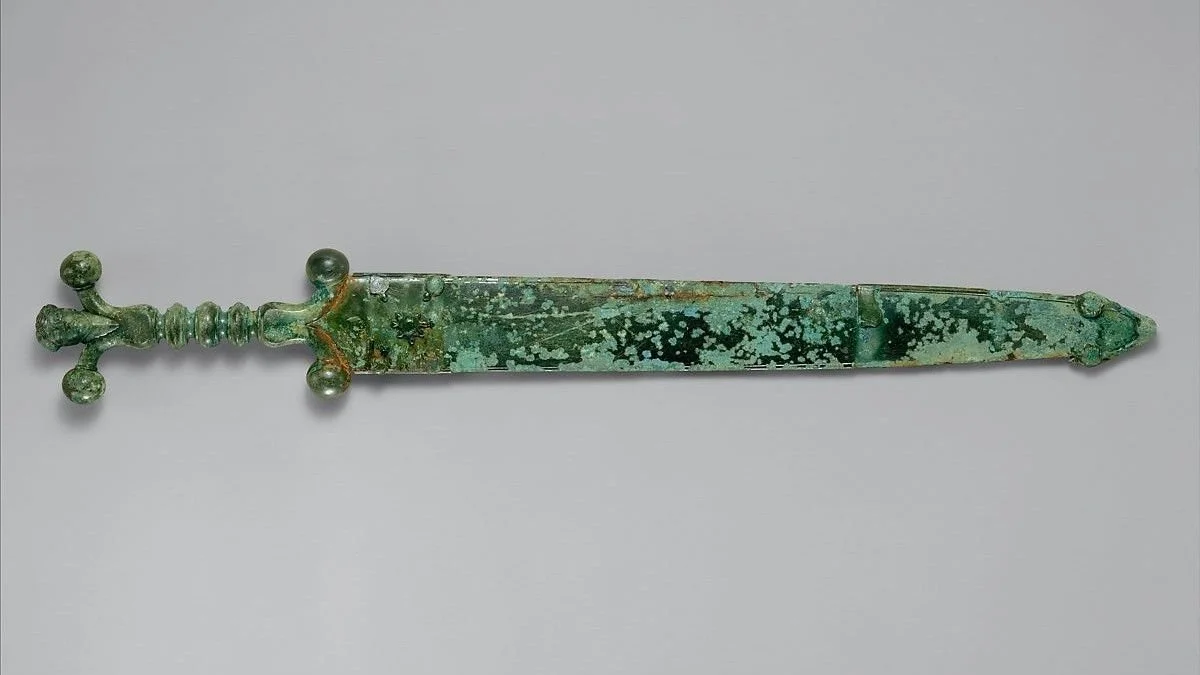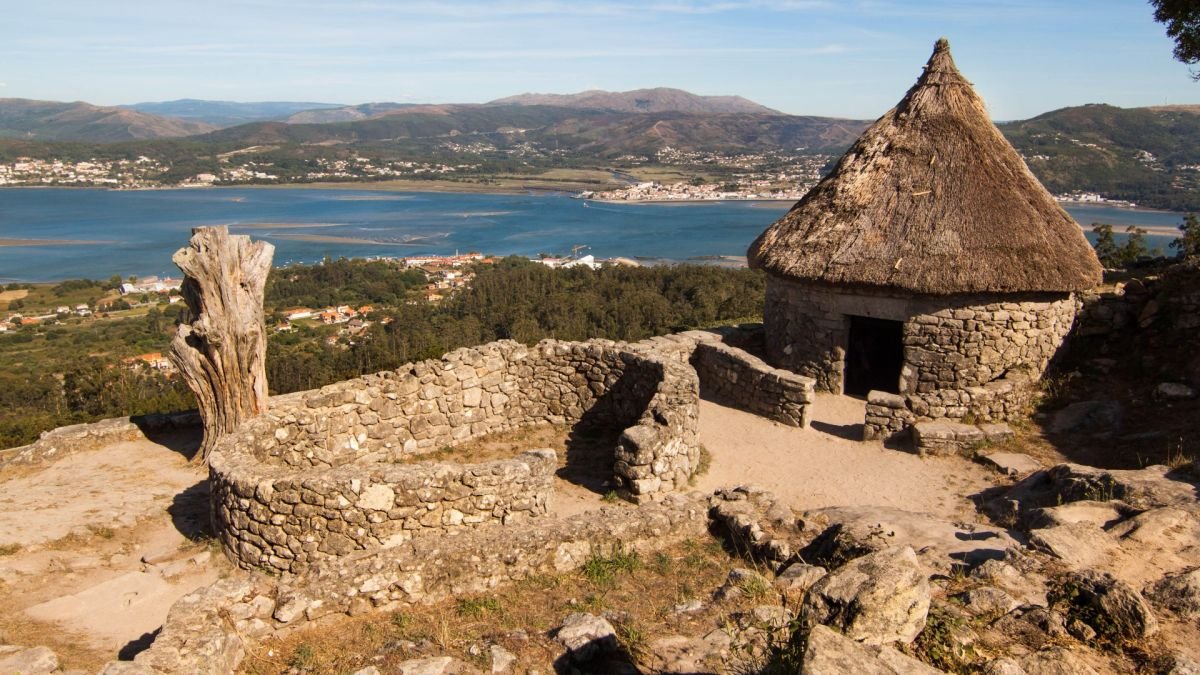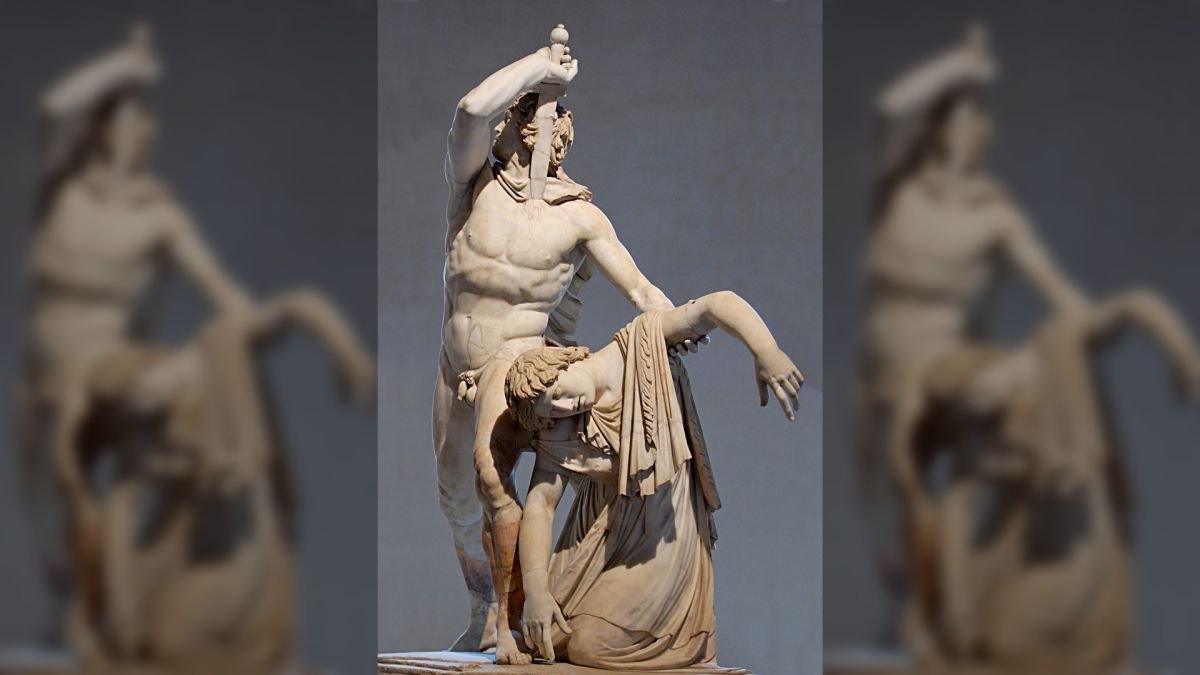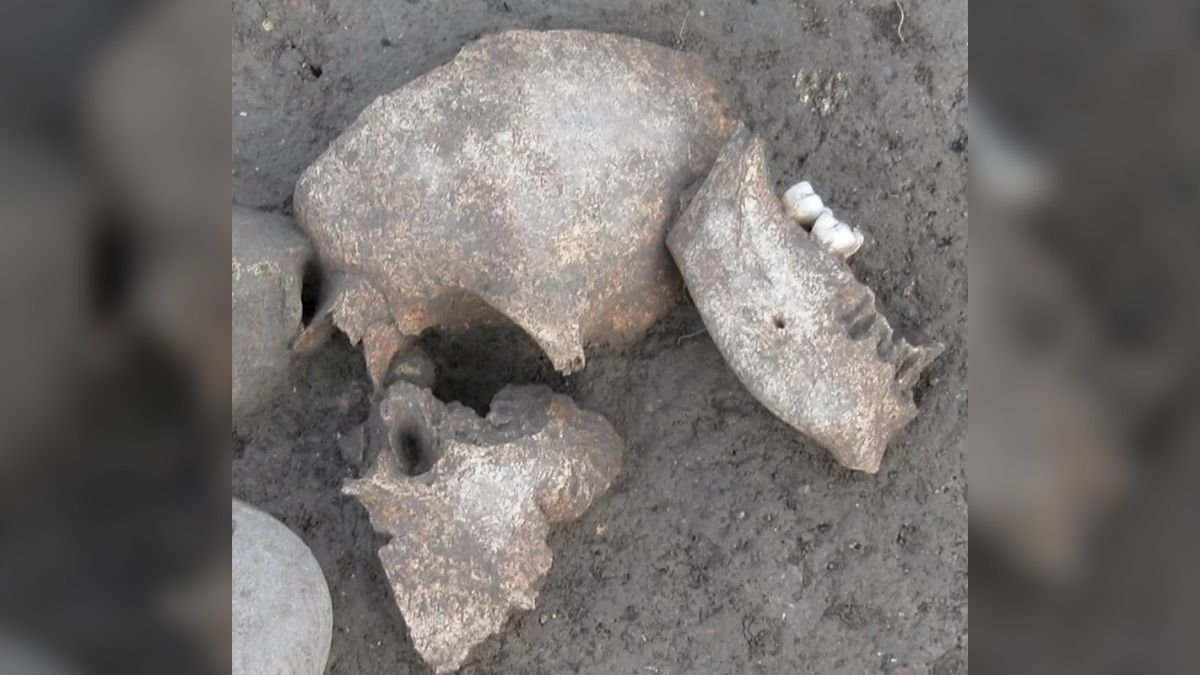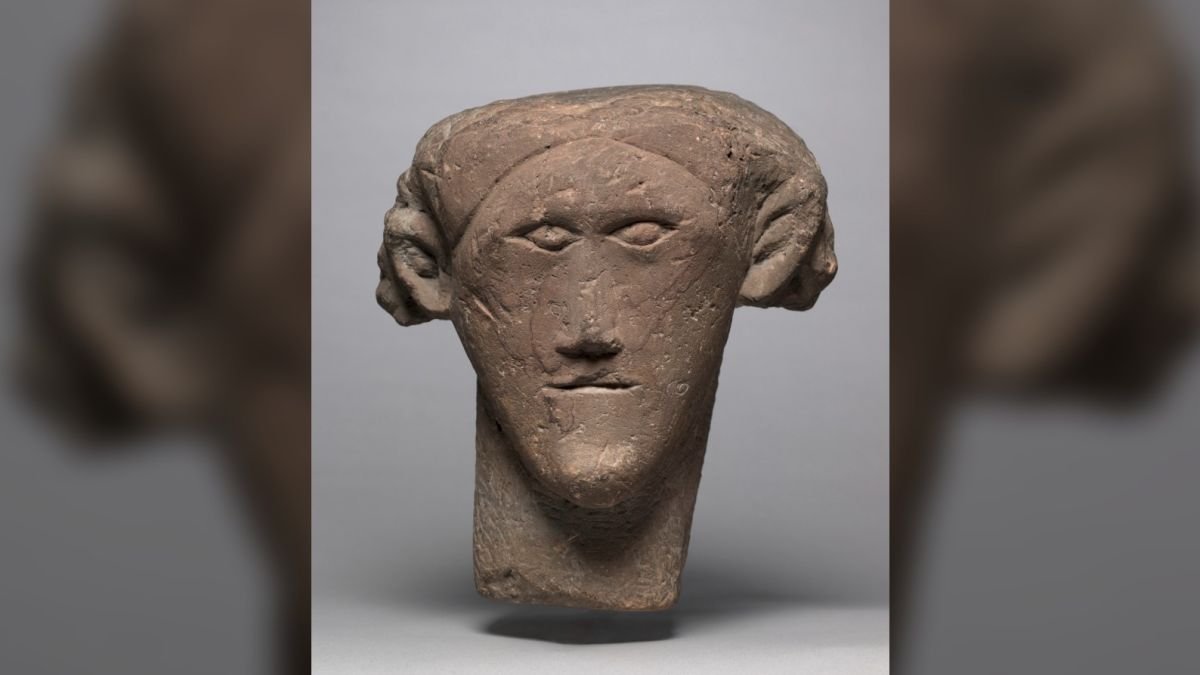The ancient Celts were fierce warriors who lived in mainland Europe. But during the Renaissance, an idea took hold that they lived in the British Isles.
The term "Celts" is used today to describe the cultures, languages and peoples that are based in Scotland; Ireland; other parts of the British Isles; and Brittany, in France.
"Today six Celtic languages survive — the Gaelic group comprising Irish, Scots Gaelic and Manx and the Britonic group comprising Welsh, Breton and Cornish," Dáithí Ó hÓgáin, a former professor of Irish folklore at University College Dublin, wrote in his book "The Celts: A History" (The Collins Press, 2002). Manx and Cornish originally died out but have been revived.
How much modern-day Celtic peoples, languages and cultures are related to the ancient Celts is an open question that is often debated.
Ancient Celts
The earliest surviving references to the Celts were recorded by Greek geographer Hecataeus of Miletus in the sixth century B.C., and in the centuries that followed, "the Celts are mentioned with increasing frequency by Greek and Roman writers," Barry Cunliffe, emeritus professor of European archaeology at the University of Oxford, noted in his book "The Ancient Celts, Second Edition" (Oxford University Press, 2018).
Celts inhabited a vast area of continental Europe as far east as modern-day Turkey. They were never politically united as a single people but consisted of different groups, including Gauls (from areas including France) and Celtiberians (based in Iberia).
They spoke different languages that might not have been mutually understood, according to "Art of the Celts: 700 B.C. to A.D. 700" (Cornell University Press, 2009).
Identifying particular works of art as "Celtic" can also be challenging, though many pieces were incredibly detailed and accomplished, according to the book. More than 2,500 years ago, at a burial mound at Ins in western Switzerland, they left behind a golden globe-shaped object, less than an inch (2.5 centimeters) in diameter, that was "decorated with approximately 3,600 granules," an example of the incredibly intricate gold work the Celts could produce.
Ancient writers described the Celts as fierce warriors. Gauls had sacked Rome in 390 B.C. And when Alexander the Great was campaigning, he received a party of Celts.
"The king received them kindly and asked them when drinking what it was that they most feared, thinking they would say 'himself,' but that they replied they feared no one, unless it were that Heaven might fall on them," wrote the first century B.C. Greek writer Strabo, as translated by Horace Jones.
By the third century B.C., Celts occupied a large portion of Europe, Cunliffe wrote.
Celts were depicted in Greek and Roman art. For instance, the third century B.C. sculpture (known only from later Roman copies) now called The Dying Gaul shows a Celtic warrior dying by suicide with a sword beside his dead wife, Cunliffe wrote.
Celtic territory began to wane after that time. After the Romans defeated the Carthaginians in the second Punic war (fought between 218 B.C. and 201 B.C.), they expanded into Celtic-controlled Iberia, and by 50 B.C., Julius Caesar had conquered most of Gaul (modern-day France).
Fighting in the Buff?
Legend had it that, to scare their enemies, some Celts would strip naked before going into battle.
"Very terrifying too were the appearance and the gestures of the naked warriors in front, all in the prime of life, and finely built men, and all in the leading companies richly adorned with gold torques and armlets," Greek historian Polybius (200-118 B.C.) wrote, as translated by W.R. Paton.
Fighting in the buff was not the only way the Celts intimidated their enemies. In 2018, archaeologists in France reported finding 2,000-year-old embalmed human heads. Researchers think the Celts severed the heads from the bodies of dead enemies and hung them around their horses. They wore them "as trophies to increase their status and power, and to frighten their enemies," study senior author Réjane Roure, an archaeologist at Paul Valéry University of Montpellier in France, told Live Science in 2018.
Celtic Religion
The Celts would eventually be Christianized along with much of the Roman Empire (in time, the Romans would conquer many of their lands), but ancient sources provide hints at the religious beliefs of the Celts.
A poem by Lucan (A.D. 39-65) describes a grove that was sacred to the Celts. Along with other sources, the poem suggests that human sacrifice was practiced.
At least some of the Celts followed druidism. In A.D. 43 the Roman geographer Pomponius Mela wrote that the druids claimed to know the size and shape of the Earth and the movements of the stars and sky, noted Robert Wisniewski, a historian at the University of Warsaw, wrote in a 2007 article in the journal Palamedes.
Caesar, who waged a series of military campaigns against the Gauls, also noted the influence of the druids, saying the druids would be called on to settle disputes. "If any crime has been perpetrated, if murder has been committed, if there be any dispute about an inheritance, if any about boundaries, [the druids] decide how to settle it," Caesar wrote in "The Gallic Wars" (Translation by W. A. McDevitte and W. S. Bohn).
No Celts in Ancient Britain?
Ancient Celts did not live in Britain; they were confined to the European continent, with settlements located as far east as Turkey, many scholars now believe.
John Collis, an archaeology professor at the University of Sheffield, wrote in "The Celts: Origins, Myths and Inventions" (Tempus, 2003) that ancient writers refer to Celtic people living in continental Europe but not the British Isles. He noted that Strabo actually "distinguished Britons from Celts."
Collis wrote that terms such as "Celt" and "Gaul" were "never used for the inhabitants of the British Isles except in the most general way for all the inhabitants of western Europe including non Indo-European speakers such as Basques."
His analysis is backed up by University of Leicester archaeology professor Simon James. "Many people are startled to discover that although they 'know' Britain in pre-Roman times was populated by Ancient Celts, most British Iron Age specialists abandoned the idea decades ago," James wrote in a 2004 review of Collis' book published in British Archaeology magazine.
The "question is not why have so many British [and Irish] archaeologists abandoned the notion of ancient island Celts, but how and why did we come to think there had ever been any in the first place?" he wrote. "The idea is a modern one; the ancient islanders never described themselves as Celts, a name reserved for some continental neighbours."
Not all scholars agree with this idea, however. While surviving ancient accounts didn't include the people of the British Isles among the Celts, they noted religious and linguistic similarities. For instance, Roman historian Tacitus (A.D. 56-120) recognized similarities between those in what is now Britain, Ireland and Celts on the continent, Alice Roberts, an anthropologist and professor of public engagement in science at the University of Birmingham, wrote in her book "The Celts: Search for a Civilization" (Heron Books, 2015).
Celts in Turkey?
While Celts may not have lived in Britain, they may have lived in Turkey, according to a 2002 article in the journal Archaeology magazine.
In excavations at Gordion, Turkey, archaeologists found evidence of cultural practices that they interpret as Celtic. They found "chilling evidence of strangulation, decapitation, and bizarre arrangements of human and animal bones," a team of researchers wrote in the magazine article. "Such practices are well known from Celtic sites in Europe and are now documented for Anatolian Celts as well."
Celtic Rebirth
References to the Celts disappeared after the fifth century A.D., Joanne Parker, an associate professor of Victorian literature and culture at the University of Exeter, noted in a paper published in the book "The Harp and the Constitution: Myths of Celtic and Gothic Origin" (Brill, 2015). It was during the Renaissance that Scottish scholar George Buchanan argued that the Celts had inhabited Britain and Ireland, Parker wrote.
In the 18th century, "the words 'Celt' and 'Celtic' began to be used [to describe] modern peoples speaking languages which were believed to be akin to that of the ancient Gauls — including the Bretons in France, and the Cornish, Welsh, Irish, Manx, and Scots-Gaelic in the British Isles," she wrote. "In the wake of the so-called 'Celtic Revival' of the 1960s — when the music, artwork and folklore of Scotland, Ireland, Wales, and the Isle of Man became increasingly valorised — 'Celtic' began to be used in marketing everything from cardigans to cushions."

